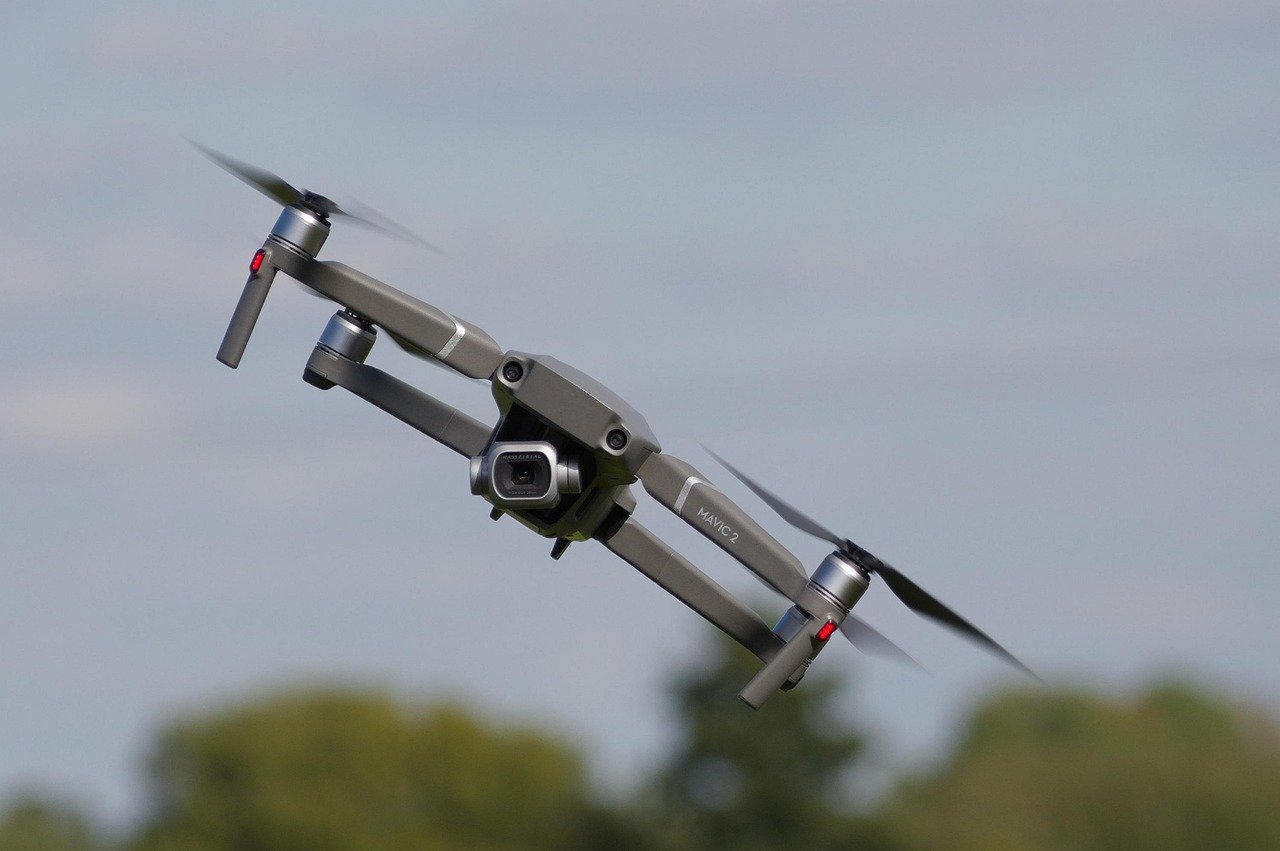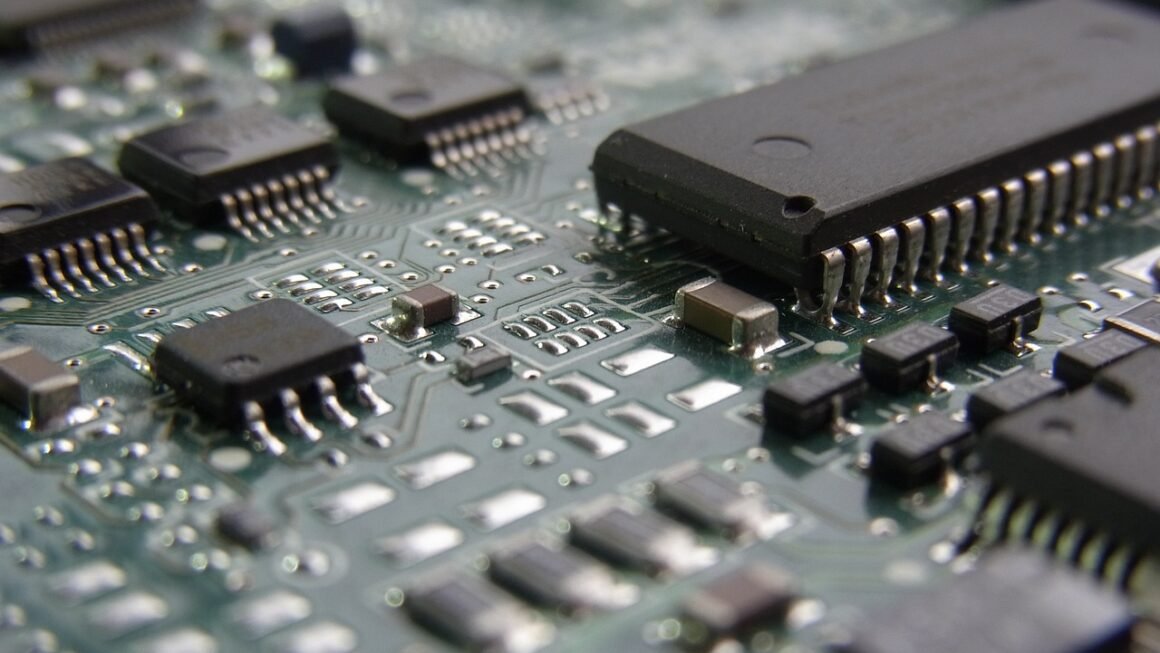Biometrics, once relegated to the realm of science fiction, are now a ubiquitous part of our daily lives. From unlocking our smartphones with a fingerprint to accessing secure buildings with facial recognition, biometric technology is rapidly changing how we interact with the world. But what exactly are biometrics, how do they work, and what are their implications for security and privacy? Let’s dive into the fascinating world of biometric identification.
What are Biometrics?
Definition and Core Principles
Biometrics refers to the automated recognition of individuals based on their unique biological and behavioral characteristics. These characteristics, or “biometric identifiers,” can be used to authenticate identity, control access, and enhance security. The core principle behind biometrics is that each person possesses distinct and measurable traits that can be reliably used for identification.
- Uniqueness: The characteristic must be sufficiently distinct so that it can reliably differentiate individuals.
- Permanence: The characteristic should remain relatively stable over time.
- Collectability: The characteristic should be easily acquired and measured.
- Performance: The recognition system should achieve acceptable speed and accuracy.
Types of Biometric Identifiers
Biometric identifiers are broadly categorized into two main types: physiological and behavioral.
- Physiological Biometrics: These are based on physical characteristics of the body. Examples include:
Fingerprint recognition: Analyzing the pattern of ridges and valleys on a fingertip. This is one of the oldest and most widely used biometric methods.
Facial recognition: Identifying individuals based on the unique features of their face, such as the distance between eyes, the shape of the nose, and the contours of the jawline.
Iris recognition: Scanning the intricate patterns of the iris, the colored part of the eye. Iris recognition is highly accurate due to the complexity and uniqueness of the iris pattern.
Retinal scanning: Mapping the pattern of blood vessels on the retina, located at the back of the eye.
Hand geometry: Measuring the shape and dimensions of the hand.
DNA analysis: Although not typically used for real-time identification, DNA analysis provides the most accurate form of biometric identification.
- Behavioral Biometrics: These are based on patterns of human behavior. Examples include:
Voice recognition: Identifying individuals based on the unique characteristics of their voice, such as pitch, tone, and accent.
Signature recognition: Analyzing the way a person signs their name, including the speed, pressure, and rhythm of the signature.
Gait analysis: Identifying individuals based on their walking patterns.
Keystroke dynamics: Analyzing the timing and rhythm of typing on a keyboard.
How Biometric Systems Work
Enrollment and Verification
Biometric systems operate through two primary phases: enrollment and verification (or identification).
- Enrollment: During enrollment, the biometric system captures a sample of the individual’s biometric identifier (e.g., fingerprint image, facial scan). This sample is then processed to extract relevant features and create a digital template or profile. The template is stored in a database for future comparison.
- Verification: In the verification phase, the individual presents their biometric identifier again (e.g., places their finger on a scanner, looks at a camera). The system captures a new sample, extracts features, and compares them to the stored template. If the match score exceeds a predefined threshold, the individual is verified (authenticated).
Key Components of a Biometric System
A typical biometric system consists of the following key components:
- Sensor: The sensor captures the raw biometric data. Examples include fingerprint scanners, cameras, and microphones.
- Feature Extractor: This component processes the raw data and extracts relevant features that are used for identification.
- Matcher: The matcher compares the extracted features to the stored template and calculates a match score.
- Decision Module: Based on the match score, the decision module determines whether the individual is verified or identified.
- Database: The database stores the biometric templates for all enrolled individuals.
Practical Example: Smartphone Fingerprint Unlock
Consider how fingerprint recognition works on a smartphone:
Applications of Biometrics
Security and Access Control
Biometrics are widely used for enhancing security and controlling access to sensitive areas and systems.
- Building Access: Biometric scanners can be used to control access to buildings, offices, and data centers, replacing traditional key cards or PIN codes. This significantly reduces the risk of unauthorized access.
- Border Control: Biometric systems are deployed at airports and border crossings to verify the identity of travelers and prevent fraud. For example, facial recognition systems can match travelers to their passport photos.
- Law Enforcement: Law enforcement agencies use biometric databases for identifying suspects, solving crimes, and enhancing public safety.
- Computer and Network Security: Biometrics can be used to secure computers, networks, and online accounts, providing a more robust alternative to passwords.
Identity Management
Biometrics play a crucial role in identity management systems, ensuring accurate and reliable identification of individuals.
- National ID Programs: Many countries are implementing national ID programs that incorporate biometric data, such as fingerprints or facial scans, to improve citizen identification and prevent identity theft.
- Healthcare: Biometric systems can be used to verify patient identity in healthcare settings, ensuring accurate medical records and preventing medical errors.
- Financial Services: Biometrics are increasingly used in banking and financial services to authenticate transactions, prevent fraud, and improve customer convenience.
Convenience and User Experience
Biometrics offer a convenient and user-friendly alternative to traditional authentication methods, improving the overall user experience.
- Mobile Payments: Biometric authentication, such as fingerprint scanning or facial recognition, is used to secure mobile payments, making it easier and faster to make purchases.
- Time and Attendance Tracking: Biometric systems can be used to track employee attendance, eliminating the need for manual timecards and reducing the risk of time theft.
- Personalization: Biometrics can be used to personalize user experiences, such as automatically adjusting settings or preferences based on the identified user.
Advantages and Disadvantages of Biometrics
Benefits of Biometric Technology
- Enhanced Security: Biometrics provide a more secure authentication method compared to traditional passwords or PINs, as they are difficult to forge or steal.
- Improved Accuracy: Biometric systems can achieve high levels of accuracy, reducing the risk of false positives and false negatives.
- Increased Convenience: Biometrics offer a convenient and user-friendly authentication method, eliminating the need to remember passwords or carry keys.
- Reduced Fraud: Biometrics can help prevent fraud by accurately verifying the identity of individuals in various transactions and applications.
- Cost Savings: By automating authentication processes and reducing fraud, biometrics can lead to significant cost savings in the long run.
Challenges and Limitations
- Privacy Concerns: The collection and storage of biometric data raise privacy concerns, as it can be used to track and monitor individuals.
- Accuracy Limitations: While biometric systems are generally accurate, they are not foolproof and can be affected by factors such as environmental conditions or individual variations.
- Spoofing and Circumvention: Biometric systems can be vulnerable to spoofing attacks, where fraudsters use fake biometric identifiers to gain unauthorized access.
- Cost of Implementation: Implementing biometric systems can be expensive, requiring specialized hardware and software.
- Error Rates: Biometric systems are not perfect and can produce false acceptance rates (FAR) and false rejection rates (FRR). These rates indicate the likelihood of incorrectly accepting an imposter or rejecting an authorized user, respectively. Striking a balance between these rates is crucial for optimal system performance.
The Future of Biometrics
Emerging Technologies
The field of biometrics is constantly evolving, with new technologies and applications emerging regularly.
- Vein Recognition: Analyzing the unique patterns of veins in the hand or wrist. Vein recognition offers a high level of security and is difficult to spoof.
- Behavioral Biometrics on Mobile Devices: Leveraging sensors in smartphones and wearables to analyze user behavior, such as typing patterns, gait, and app usage, for continuous authentication.
- AI-Powered Biometrics: Using artificial intelligence and machine learning to improve the accuracy and robustness of biometric systems. AI can be used to detect spoofing attempts, adapt to changing conditions, and personalize authentication processes.
- Biometric Payment Cards: Credit and debit cards with integrated fingerprint sensors, allowing for secure and convenient biometric authentication for in-store purchases.
Trends and Predictions
- Increased Adoption: Biometric technology is expected to become even more prevalent in the coming years, driven by the increasing need for security and convenience.
- Integration with IoT Devices: Biometrics will be integrated into a wider range of IoT devices, such as smart homes, wearable devices, and connected cars.
- Emphasis on Privacy: As biometric technology becomes more widespread, there will be a greater focus on privacy and data protection.
- Development of More Secure and Reliable Systems: Ongoing research and development will lead to the creation of more secure and reliable biometric systems that are less vulnerable to spoofing and other attacks.
Conclusion
Biometrics represent a powerful tool for enhancing security, improving identity management, and creating more convenient user experiences. While challenges remain, ongoing advancements in technology and a growing focus on privacy are paving the way for a future where biometrics play an even more integral role in our daily lives. Understanding the principles, applications, and limitations of biometrics is essential for navigating this rapidly evolving landscape.



